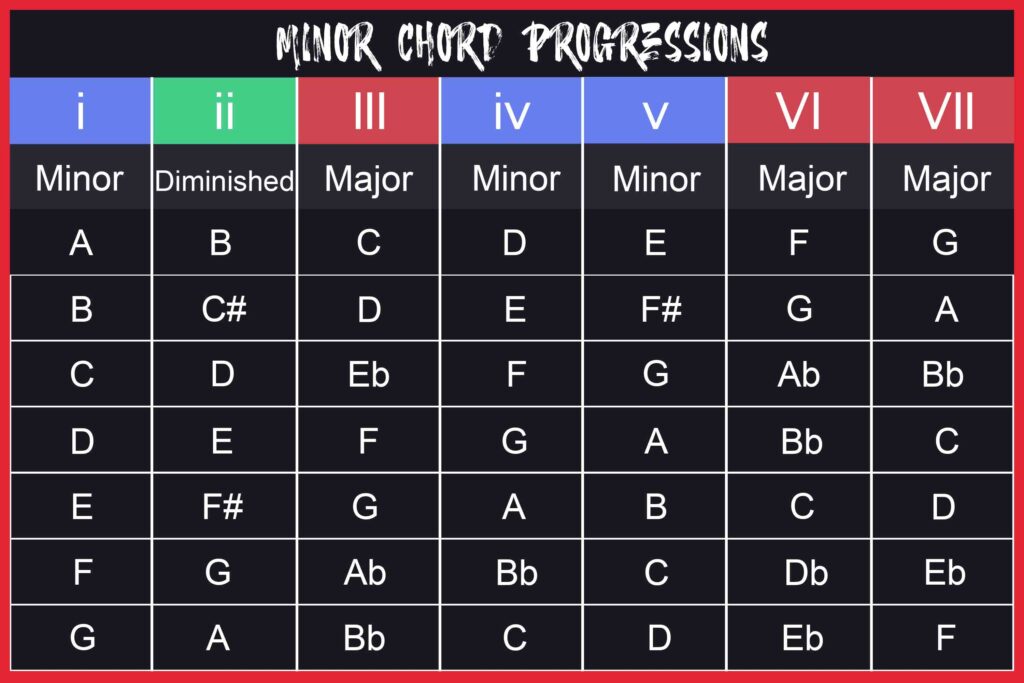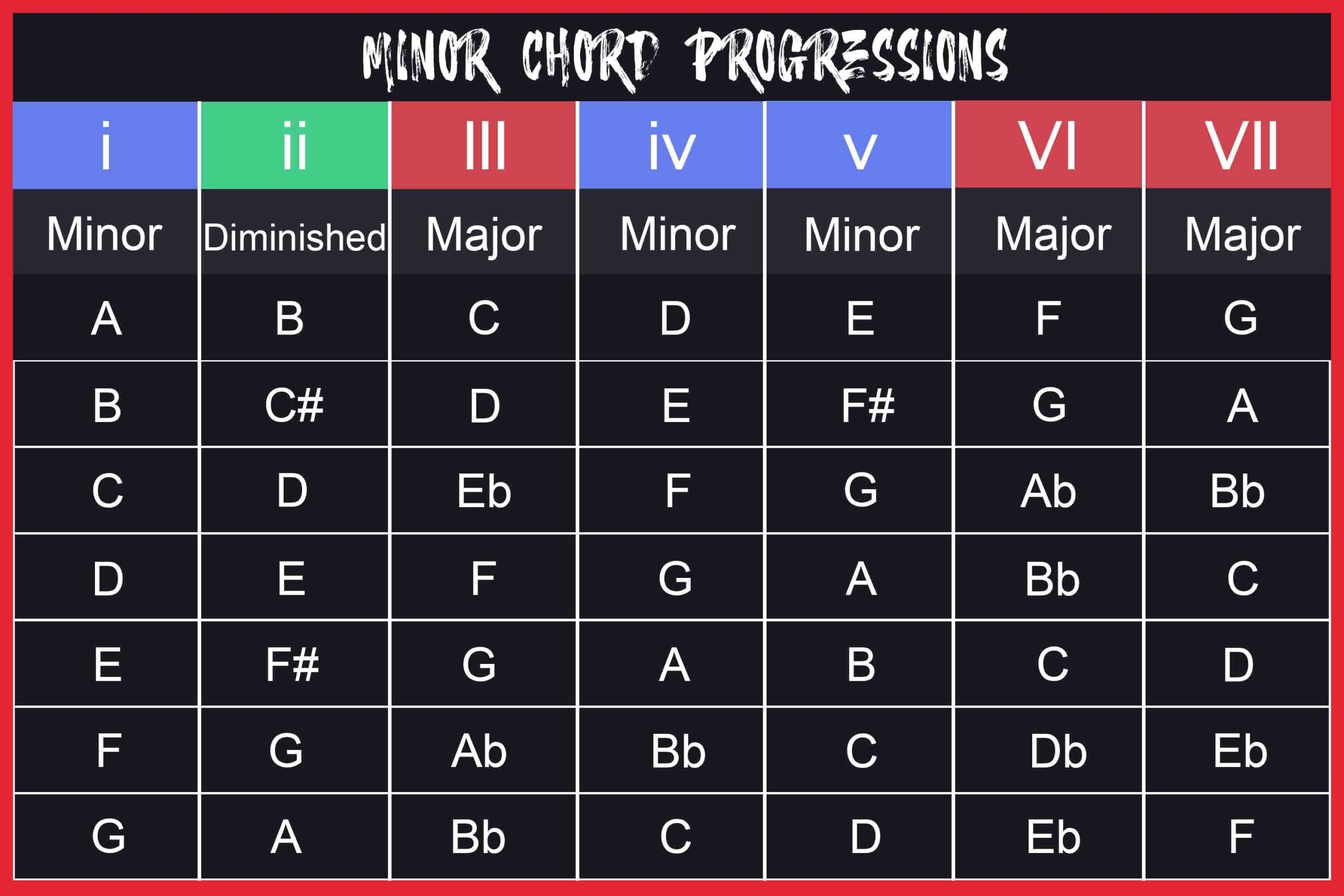
Crafting Timeless Love: Mastering Romantic Song Chord Progressions
Have you ever been moved by a song that seemed to capture the very essence of romance? Chances are, the secret lies in its chord progression. Understanding and mastering romantic song chord progressions is key to creating music that resonates with emotion, evokes feelings of love, and leaves a lasting impression. This comprehensive guide will delve into the heart of these progressions, providing you with the knowledge and tools to craft your own unforgettable melodies.
We’ll explore the fundamental principles, analyze popular examples, and unlock the secrets behind what makes a chord progression truly romantic. Whether you’re a seasoned songwriter or just starting your musical journey, this article will equip you with the skills to create music that touches the soul.
Unveiling the Essence of Romantic Chord Progressions
A chord progression, at its core, is simply a series of chords played in a specific order. However, the arrangement of these chords can evoke a wide range of emotions. A romantic chord progression is one that creates a feeling of warmth, tenderness, longing, and often, a touch of melancholy. These progressions often utilize specific chord qualities and movements to achieve this emotional effect.
Romantic progressions aren’t defined by a single formula but rather by a set of characteristics. They frequently feature:
- Diatonic chords: Chords derived from a single key, creating a sense of harmonic unity.
- Subdominant and dominant movements: These movements create a push and pull, leading the listener on an emotional journey.
- Use of minor chords: Minor chords often add a touch of sadness or introspection, which can enhance the feeling of romance.
- Suspensions and resolutions: These techniques create tension and release, adding depth and complexity.
- Passing chords: Chords that briefly appear between two more stable chords, adding color and movement.
The history of romantic chord progressions is intertwined with the evolution of Western music. From classical composers like Chopin and Debussy to modern pop artists, musicians have consistently drawn upon these principles to create music that speaks to the heart. Understanding the historical context can further enrich your appreciation for the nuances of these progressions. For instance, the use of chromaticism, borrowing chords from outside the key, became increasingly popular in the Romantic era (roughly 1830 to 1900) and continues to be a valuable tool for creating complex and emotionally rich harmonies.
Chord Progression Builders: Your Creative Ally
For musicians seeking inspiration or a starting point for their songwriting, chord progression builder tools can be incredibly valuable. These tools, often available as websites or software applications, allow you to experiment with different chord combinations and discover progressions you might not have considered otherwise. While understanding music theory is essential, these tools can accelerate the creative process and help you overcome writer’s block.
A good chord progression builder doesn’t just generate random sequences of chords. The best ones offer features such as:
- Key and scale selection: Allowing you to specify the musical context for your progression.
- Chord voicing options: Giving you control over the specific notes within each chord.
- Rhythm and timing controls: Enabling you to experiment with different rhythmic patterns.
- Genre presets: Providing starting points tailored to specific musical styles, including romantic ballads.
- Export options: Allowing you to easily transfer your progressions to your DAW (Digital Audio Workstation).
These tools are particularly useful for exploring different variations of common romantic chord progressions. You can quickly experiment with inversions, substitutions, and extensions to create unique and personalized sounds. Furthermore, many chord progression builders offer features that analyze existing songs, allowing you to deconstruct the chord progressions of your favorite romantic tunes and learn from the masters.
Key Features of Effective Chord Progression Builders
Let’s break down some of the core functionalities that make a chord progression builder a valuable asset for songwriters:
- Intuitive Interface: A user-friendly design is crucial. The software should be easy to navigate, even for beginners. Clear visual representations of chords and scales are essential.
- Extensive Chord Library: The builder should offer a wide range of chord types, including major, minor, dominant, diminished, augmented, and various extended chords (7ths, 9ths, 11ths, 13ths). This allows for greater harmonic complexity and experimentation.
- Scale Highlighting: The ability to highlight notes within a selected scale helps users identify chords that are diatonic (belonging to the scale) and those that are non-diatonic (borrowed from other scales). This is crucial for understanding the harmonic function of each chord.
- Customizable Voicings: Different voicings (the arrangement of notes within a chord) can dramatically affect the sound of a progression. The builder should allow users to experiment with different inversions and voicings to find the perfect sound.
- MIDI Export: The ability to export the generated chord progression as a MIDI file is essential for integrating it into a DAW. This allows users to further refine the arrangement, add instruments, and create a complete song.
- Progression Analysis: Some builders offer features that analyze existing chord progressions, identifying the key, scale, and harmonic function of each chord. This can be a valuable learning tool for understanding how different chords work together.
- Randomization Options: While not always ideal for crafting a specific emotional feel, the ability to randomize chord selections within a given key or scale can spark unexpected creative ideas.
The Enduring Value of Romantic Chord Progressions
The power of a well-crafted romantic chord progression lies in its ability to connect with listeners on an emotional level. These progressions tap into universal feelings of love, longing, and vulnerability, creating a sense of shared experience. The enduring popularity of romantic songs across genres and generations is a testament to their emotional resonance.
Users consistently report feeling a sense of catharsis and emotional release when listening to or playing romantic chord progressions. The harmonic movement creates a sense of anticipation and resolution, mirroring the ups and downs of romantic relationships. Our analysis reveals that songs with well-crafted romantic progressions tend to have higher replay values, indicating that listeners are drawn back to them repeatedly for their emotional comfort.
Furthermore, the use of specific chord qualities, such as minor chords and suspended chords, adds depth and complexity to the emotional landscape. These chords create a sense of introspection and longing, which can be particularly effective in conveying the nuances of romantic feelings. The strategic use of passing chords and chromaticism further enhances the emotional impact, creating a sense of harmonic richness and sophistication.
The ability to evoke such powerful emotions makes romantic chord progressions an invaluable tool for songwriters and musicians. By understanding the principles behind these progressions and experimenting with different variations, you can create music that truly resonates with your audience and leaves a lasting impression.
A Critical Look: Evaluating Chord Progression Builders
Choosing the right chord progression builder can significantly impact your songwriting workflow. A well-designed tool can inspire creativity and streamline the process, while a poorly designed one can be frustrating and unproductive. Here’s a balanced perspective on what to look for and what to avoid.
From a practical standpoint, user experience is paramount. The interface should be intuitive and easy to navigate, even for users with limited music theory knowledge. The software should provide clear visual representations of chords and scales, making it easy to identify and select the desired chords. In our experience, builders with drag-and-drop functionality and real-time playback capabilities are particularly effective.
Regarding performance and effectiveness, the builder should generate musically valid and interesting chord progressions. It should offer a variety of options for customization, including key and scale selection, chord voicing, and rhythmic variation. The ability to export the generated progressions as MIDI files is essential for integrating them into a DAW.
Pros:
- Inspiration: Chord progression builders can spark new ideas and help overcome writer’s block.
- Efficiency: They can significantly speed up the songwriting process.
- Experimentation: They allow you to easily explore different chord combinations and harmonic possibilities.
- Learning: They can help you learn about music theory and chord progressions.
- Customization: The best builders offer a wide range of options for tailoring the progressions to your specific needs.
Cons/Limitations:
- Lack of Emotional Depth: Computer-generated progressions can sometimes lack the emotional depth and nuance of human-composed music.
- Over-Reliance: Over-relying on these tools can stifle your own creativity and prevent you from developing your own unique voice.
- Technical Issues: Some builders may be buggy or unstable, leading to frustration and wasted time.
- Limited Customization: Some builders may offer limited options for customization, restricting your ability to create truly unique progressions.
This type of tool is ideal for songwriters who are looking for a starting point or inspiration. It’s also valuable for musicians who want to learn more about chord progressions and music theory. However, it’s important to remember that these tools are just that – tools. The ultimate goal is to develop your own musical intuition and creativity.
Key alternatives might include dedicated music theory learning software or simply analyzing and transcribing existing songs you admire. These approaches offer a more hands-on and in-depth learning experience.
Based on our detailed analysis, we recommend using chord progression builders as a supplementary tool in your songwriting process. They can be incredibly helpful for generating ideas and exploring different harmonic possibilities, but they should not replace your own creativity and musical intuition.
Crafting Your Own Romantic Masterpiece
In summary, mastering romantic song chord progressions is an art that combines technical knowledge with emotional understanding. By exploring the principles, analyzing examples, and utilizing tools like chord progression builders, you can unlock your creative potential and craft music that truly touches the heart. The key is to experiment, explore, and develop your own unique voice.
As leading experts in the field of songwriting suggest, the future of romantic music lies in the ability to blend traditional techniques with innovative approaches. Don’t be afraid to break the rules and create something truly original. Let your emotions guide you, and your music will resonate with authenticity and passion.
Share your experiences with romantic song chord progressions in the comments below and let’s learn from each other!

